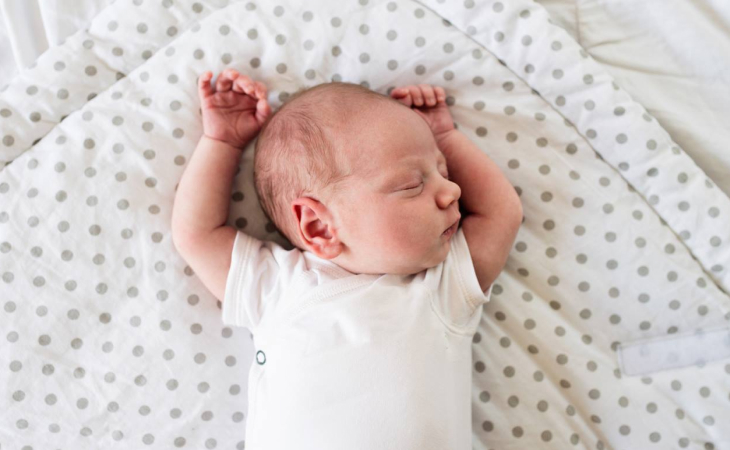
Congenital Torticollis
Parents of a newborn are often fascinated by their child’s every move. When a child doesn’t move in a normal way, the parents are rightly concerned.
An infant who keeps his or her head tilted to one side may have a condition called congenital muscular torticollis. Congenital means that the condition is present at birth. Torticollis means twisted or bent neck. It is caused by a tight muscle on one side of the head that pulls the head (ear) down toward one shoulder as the chin tilts to the opposite side.
Within the first month after birth, a lump or pseudotumor may be felt on the tight muscle, but this gradually disappears. As many as one in five babies born with congenital muscular torticollis also has developmental dysplasia of the hip. Early diagnosis and treatment is required to avoid permanent deformities.
If you notice that your child consistently holds the head tilted to one side, consult your physician. Conditions other than congenital muscular torticollis may result in this head position, and the physician must eliminate them as possible causes. The physician will also want to check the child’s hips to ensure that no dysplasia is present. He or she may request X-rays or an ultrasound of the hips.
Congenital muscular torticollis generally is painless and can be treated with a consistent program of exercises and stretching.
Risk Factors / Prevention
Exact Etiology not known. One theory is that the muscle was stretched or torn during the delivery. Bleeding and swelling create pressure on the muscle. Eventually, scar tissue forms and replaces some of the muscle. Another theory suggests that the condition develops while the infant is still in the womb.
Symptoms
Exact Etiology not known. One theory is that the muscle was stretched or torn during the delivery. Bleeding and swelling create pressure on the muscle. Eventually, scar tissue forms and replaces some of the muscle. Another theory suggests that the condition develops while the infant is still in the womb.
-
Lump or swelling in the muscle that gradually disappears
-
Head tilts to one side, and chin points to the opposite shoulder. Usually, the head tilts right and the chin points left, meaning the muscle on the right side is affected.
-
Limited range of motion in neck muscles
-
Muscle spasms or headaches may originate in the neck
-
One side of face may flatten and the skull may appear oblong instead of round.
-
Treatment Options
The initial treatment consists of a series of exercises that must be done several times a day. The physician may refer you to a physical therapist, but most of the time, the parents will be doing the exercises with the child, turning and bending the child’s head to stretch the muscle.
Placing toys and other objects in positions where the infant has to turn the head to see them encourages the infant to stretch the muscle. So does carrying the infant in a side-lying position, with the face away from you. Support the infant by putting one arm under the head on the side of the tight muscle, which will stretch the muscle. Place the other arm between the child’s legs to hold the body.
- Surgical
Most of the time, this condition resolves by the time the child is a year old. If not, surgical treatment in form of release and muscle lengthening may be required.
Quick Contacts
Please feel free to contact us for any inquiry
- Emergency call : +91 94274 18181
- Email : contact@trishahospital.com
- Location: Trisha multispeciality hospital, Ahmedabad



